Marc Jonson | Interview | “I’m a junkie for pop music”
For the uninitiated, Marc Jonson is a hugely gifted US singer, instrumentalist, producer and performer originating from the town of Merrick, New York, and whose 1972 album for Vanguard, ‘Years’, whilst having remained a secret listening experience across decades for the few who knew of its existence, has proven to be something of an undiscovered beauty, or as I should now say a rediscovered beauty.
Those who have taken the leap into Jonson’s hitherto unknown musical world will be able to tell you that this is not only an experience which is immensely rewarding, but it’s also one which needs to be heard to be believed. The captivating layers and mesmerising quality heard throughout lies in the way Jonson’s startling array of songs seem to breathe in and exhale from many different, often eclectic elements. This includes a plethora of late 60s sounds of the post-psychedelic fallout persuasion, replete with those kinds of questing lyrical ideas and themes, plus startling, and gorgeously evocative arrangements very particular / peculiar to that never-forgotten period. Of course, similar foundations had already helped form part of the creative make-up of some of the best idiosyncratic singer-and-songwriters heard up and until the time frame concerning us here: Bob Dylan, Al Stewart, Tim’s Buckley and Hardin, Neil Young, Fred Neil… perhaps too the work of British outsider music-maker Bill Fay and others. All are nonetheless brought to mind, however fleetingly, whilst listening and upon giving headspace to the efforts of Marc Jonson; in particular the outstanding ‘Years’! One is often genuinely blown away by some of this artist’s stark and / or radiant choice of accompaniment and arrangements in tandem with some truly haunting song pieces, much of it said to be inspired by such as Love’s groundbreaking third album ‘Forever Changes’; so captivating a record that it cannot fail to win you over in more ways than you can imagine.
And if an extra dose of something more modern sounding is what’s required, yet which is still pure and magical at its core, melodically and harmoniously irresistible and memorable in its creativity – like truly authentic space-age pop sounds should be – and if names like Big Star (Teenage Fanclub), Brian Wilson and others are among the types of sounds that float your boat etc… then do yourself an extra favour and seek out the spectacular ’12 In A Room’ too, Marc Jonson’s second release issued back in 1992 – fully two decades after his first outing. You may find, as I did, that, alongside ‘Years’, ’12 In A Room’ also makes for a truly remarkable statement of substance and intent; records which are, in one way, utterly surprising to the ear, yet thoroughly and blissfully familiar in places too; especially for never having heard them, or of the artist, previously.
Spain’s ultra-hip disc outlet Munster evidently had heard Marc Jonson before, and realising the express potential of such a gifted artist decided to include both titles on their spring 2018 release roster. Since being made aware of these incredible sounds, I myself was fortunate enough to catch up with Marc Jonson over one or two email correspondences. This is what he had to say. I should also mention that Shindig! magazine included some of Marc’s words back to me, as part of a short article which they published last month. And a much lengthier, revelatory interview piece was conducted by Mike Stax and can also be found in the very latest issue of Ugly Things.
Marc Jonson: Hey Lenny …. “Here’s my story, it’s sad but true” from Runaround Sue by Dion !!!!!! LOL
Lenny Helsing: As you weren’t even twenty years old when your first LP Years was being made back in 1972, I wondered if, as a teenager, you would’ve been completely absorbed with all the amazing sounds and happenings that were going on in and around New York City at that time?
Marc Jonson: My childhood friend Wayne Ashdown and I use to sneak into New York City when we were around 13 years old just to be in that atmosphere. We had a code name for Penn Station to disguise our conversations over the phone should our parents hear us planning our next adventure. We called it Bohensky, named after a kid in our class. The energy of the city was electric compared to our hometown of Merrick. I suppose I picked up on that energy. We’d see strange goings on and hear fast talking people. We looked into places that featured music, bands and singers. I knew right away what was going on. It was like a carnival 24/7.
It attracted me. I became friends with it, always with the safety of returning home to the suburbs. New York City in the early sixties, even before the British Invasion was center to Rock & Roll culture. I started knocking on doors at around 15 years old, taking my home demos around. I would take my tapes to this one recording studio in Hempstead Long Island called Ultra Sonics to make what was called an acetate record. It was cut individually on a cutting lathe onto a blank disc. They could add reverb and equalize the acetate record which improved its sound. At Ultra Sonics, I met and became friends with one of their engineers named Don Casale. Don would later go on to engineer and produce ‘In a Gadda Da Vida’ by Iron Butterfly. I was always glad Don was cutting my acetates because he was really smart and would teach me things about recording while he was cutting my song. I was always attracted to anyplace records were made or live music was being performed. If it were Hollywood, I suppose it would have been movie studios I got excited about. New York City belonged to me in a kind of funny way. I’d look up at all those office windows when I was walking down the street and think, this is my town, I’ll own those offices as soon as I walk in! They’re gonna hear from me soon. I think you have to think like that. Why not? They were always looking for the next thing I thought and I was going to try and be it, or get in line to be it
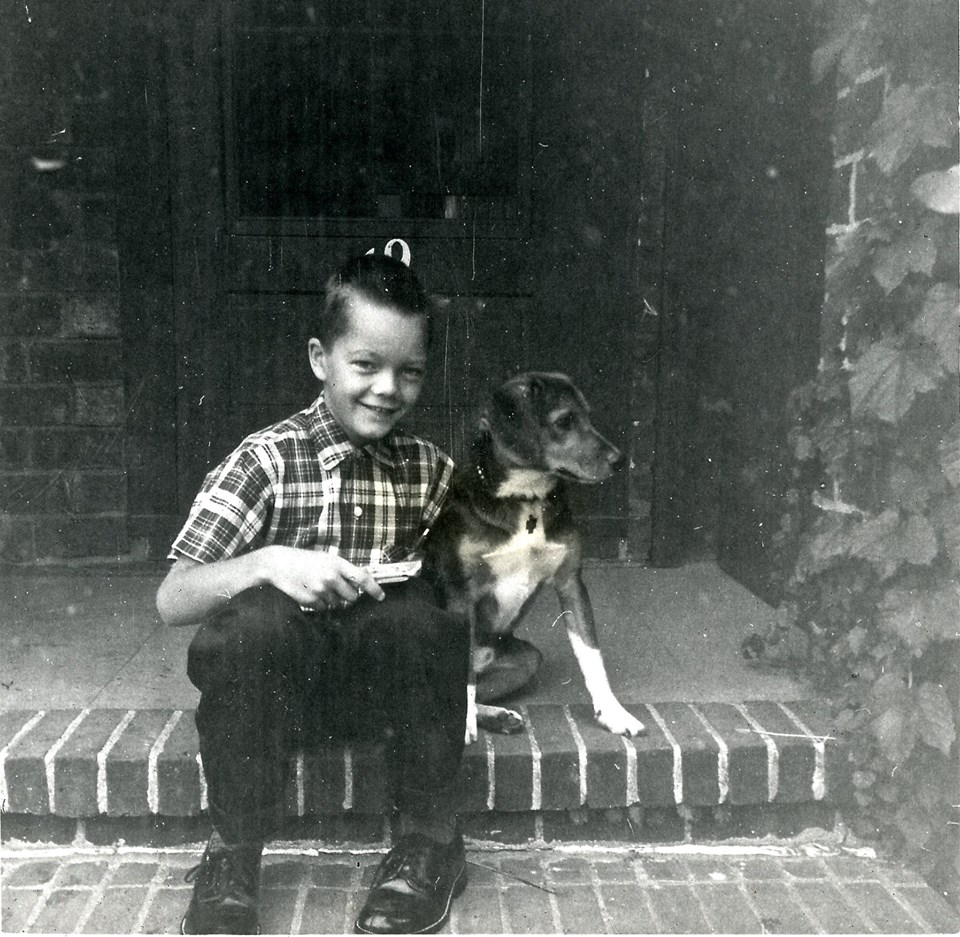
Lenny: If this doesn’t come up in the answer to my first question Marc, I have to ask it now. As a huge fan of mid-60s teen beat and garage punk sounds, I have to ask you about a recording you made with a band you were in back in the day. Can you please give me all the lowdown on that scene?
Marc: Well as time went on, my ninth grade year became a turning point for me. The school district changed the boundary line for my Junior High School so all these new kids from the neighboring town began attending our school. They seemed to have an energy about them that was missing in our school. They were edgy and cool in an artistic way. One kid, Roger Mason, was in my math class. Just after the school year had begun Roger came down with mononucleosis and had to stay at home. A bunch of girls began to walk over to Roger’s house after school just to keep him company. I didn’t really know Roger that well but I started to think, what magic does this guy have? So one day I tagged along with the girls over to Roger’s house. We found him in his pajamas and robe perfectly strong and happy to great us. Roger had a new electric guitar. We walked into the den and I immediately started complimenting his cherry red Gibson SG. He could play ‘Apache’, an instrumental that had been on the radio around then. I started singing The Zombies, ‘She’s Not There’. Roger flipped that I could sing so well and I was knocked out he was such a great player …. we bonded.
Over the next few weeks I became very popular with this new crowd of kids at school. Roger was talking me up. By the time Roger came back to school we had already formed a trio with another kid, Billy Servideo – a lead guitar player. The line up was, I played the drums and sang lead. Roger and Billy on guitars. We had no bass.
We went away that summer to Roger’s camp in upstate New York called Crystal Lake. Billy and I got jobs at the boy’s headquarters making camp announcements over the public address system and in our off time, we were the camp’s rock and roll band. We did our first show one night and as the curtain opened in the camp’s auditorium, girls began to scream. Roger is an amazing painter today as well as a musician.
There was a basketball team at the camp called The Gay Intruders so we took that name for the band not realising it would have connotations. We thought it was cool, like the Gay Nineties. We brought in Rob Lyons on bass and Bruce DeSousa on lead guitar. Billy and Bruce were fighting for lead guitar so Billy quit. Bruce’s mother worked at United Artists Pictures in New York City. Bruce and I would travel into the city and hang out at her office. By this time, The Beatles’ A Hard Day’s Night had been released by United Artists. We were hanging out in the art department with people who had worked on the record for the movie. United Artists was on 7th Avenue at 50th street so we hung out in that neighborhood. Around the corner from United Artists was 1650 Broadway, a music building. At 1650 Broadway, the lobby directory boasted tons of music offices, many of which I’d heard of. When it came time to bring my demo tape around a few years later, I went to 1650.
A year or so passed as our band played all around our hometown. Our friend Glenn Larko had killed himself. Glenn had been in the excelled classes in high school, but he had a broken home. He lived mostly alone with his grandmother who he did not get along with. His Dad was a merchant marine and had left the two to duke it out after Glenn’s mother died of cancer. We decided to record a song Glenn and I had started at a small studio owned by this guy, Dick Charles, in The United Artists building. It started out one way but it changed into something else, something harder with more energy. I had given up the drums to my friend Scott Lang and decided to just sing and play tambourine. Scott came up with this Bo Diddley drum pattern and then shaped it to work with these chords Bruce and I was fooling with. Scott was saying, let’s have the song be telling this girl off to her face …. you’re over …. get out of here! So we came up with “In The Race”. We didn’t say which “Race” was THE Race, we just declared that “I’m in THE Race”. People thought it was a running race or something but it wasn’t. It was straight out “My race is cool and your race ain’t”. Of course this is a ridiculous teenage logic but we were pushing the limits. It’s an early punk rock / garage rock attitude, way before I heard Arthur Lee and Love. It was Merrick Long Island suburban angst. After all, one of our very own had put a shotgun in his face and blew his brains out. The story of Glenn Larko was felt by all of us and the crazy pain from it went into that record.
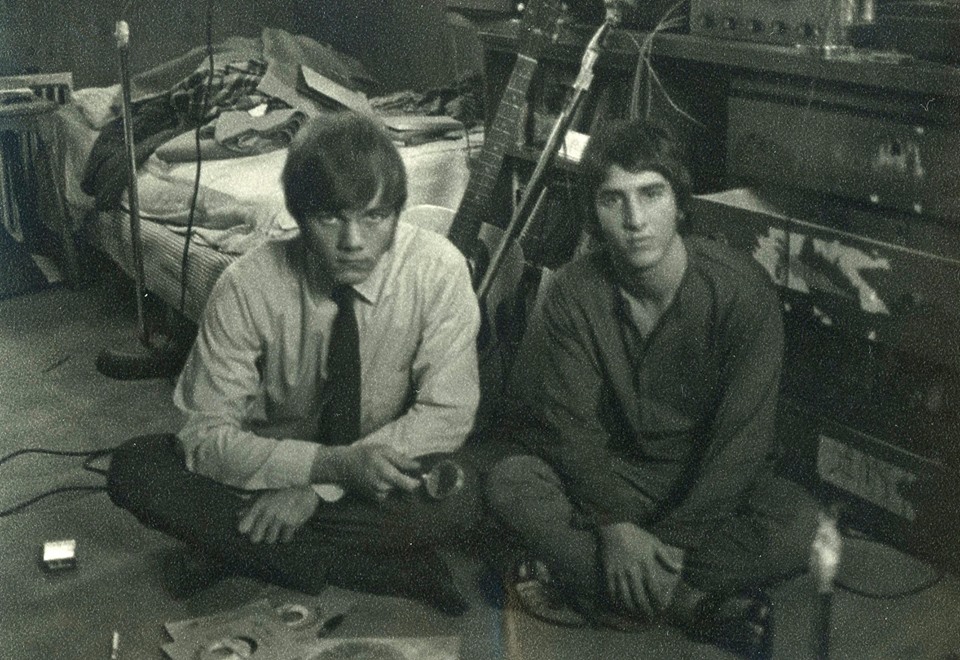
Lenny: Throughout ‘Years’ there are elements of those forward-thinking, folk-not-folk type of sounds, some that bring to mind the work of singers and players like, say Tim Buckley and Al Stewart, although not sounding anything like either, but I detect in the songs a similar sense of adventure. There’s also some almost progressive pop things going down on certain tracks like ‘Mary’ and ‘Autopsy’ and others, also the uncommon placement of dramatic tympani drums in place of normal rock drums here and there. And, while we’re at it, what of the strange, almost musique-concrete sounds heard in ‘Munich’ … was all of this borne out of a natural experimentation, or were you conscious of wanting to create particular feelings for particular songs?
Marc: Vanguard Record’s released classical recordings as well as folk, blues and some rock and roll. I would book a recording session for my record with Vanguard’s engineer Jeff Zaraya, arrive there at, say, 12:30 pm and find a harpsichord in the studio from a classical session the night before. I’d ask Jeff if we could use it and he would tell me Bill’s rental is coming to pick it up at 3:00 pm, but until then yes, we could use it! “Fantastic”! Just because that silly harpsichord was still out there, I added it to a song called ‘Mary’. By the time the strings were arranged and a few other instruments were added, ‘Mary’ became this monster that had to be tamed. We tamed it in the mix. We cut parts out of the master tape with a razor blade and slowed up tape echo while we mixed by changing the speed of the two track machine that was delaying the reverb signal on my voice. I was determined to utilize every bit of this amazing situation I found myself in.
I was very influenced by Paul Samuel Smith’s production of the Cat Stevens’ records. I was adventurous I suppose, breaking new ground never before tried by myself. Now for the first time in a state of the art recording facility, I let my hair down. I invented song arrangements that had up to that time, never been heard. Forever Changes by Arthur Lee and Love was my yard stick. I wanted structures and surprise arrangements without getting too avant-garde. I still tried to follow the pop rules and regulations but it didn’t always work. ‘Munich’ is a good example. It was supposed to be more smooth and slick than it turned out. I wanted French spoken at the end of ‘Munich’. I asked Jeff Zaraya my engineer, if he spoke any foreign languages. He knew German so I asked him to go out and speak those lines. I had to call it ‘Munich’ instead of Paris. After working with Jeff for months recording ‘Years’, I really wanted his voice on the track, maybe it was his accent. The jet plane going by was like ripping into another dimension. Then you hear Jeff speaking and the guitar fading up. That guitar riff is Mark Blair Lew’s home recording of himself doing sound on sound at home. It’s very Captain Beefheart. Just nuts and funny.
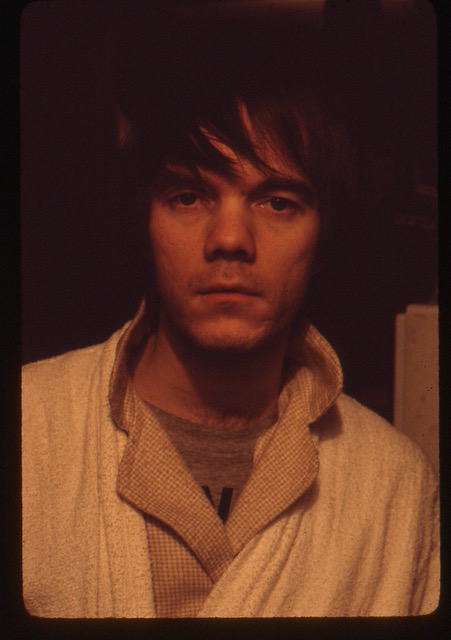
Lenny: Of course it’s quite unusual and very interesting too that there’s this considerable gap between your ‘Years’ album in 1972 and your ’12 In A Room’ follow-up set a full two decades on from that. What kinds of musical things were happening for you during those years in between?
Marc: A few years ago someone told me that nobody knew who I was and that I wasn’t famous. I didn’t know I wasn’t famous. I always thought I was famous. I had lots of famous friends in music and other places that I was involved with, so what did I know? I wrote songs that lots of great artists performed and or recorded, Robert Gordon recorded three, Paul Butterfield, Dave Edmunds, The Roches, Shawn Colvin and Lucy Kaplansky, The Smithereens, Richard Lloyd, Michael Fracasso, Carolyne Mas, Gunner Nelson, Peter Stampfel, Willie Nile, Loudon Wainwright, the list goes on … I had a false sense of career success. I also took time off to regroup my thoughts and experience other cities away from New York. I spent time in L.A. and northern California, Nashville, Austin and South Florida. I wasn’t focused on touring or making records but I always continued to write songs. Then in 2012 many small labels started contacting me about my records. When Light in the Attic decided to release ‘Years’, I went back to the original way I spelled my name for that Vanguard album. Light in the Attic had some business issues with the parent label who owned Vanguard’s catalog. Real Gone Music finally licensed ‘Years’. Munster Records in Madrid, released the vinyl editions of ‘Years’ and ’12 In A Room’ this past spring and has done a great job. Munster, inspired the start up of Light in the Attic records in the USA. These guys all know each other and news travels fast. They all do amazing work for us overlooked artists. Let me say thanks right now to them all!
I have always enjoyed performing and communicating with my audience. I grow from the give and take at a show. My songs have weight and pathos and at the same time make people feel good. It’s a release for both artist and audience.
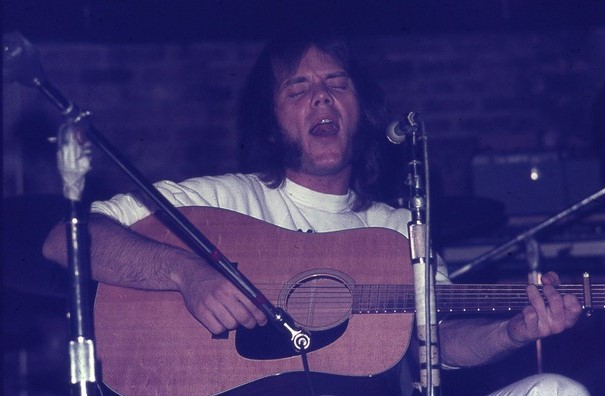
Lenny: Were you in touch personally, or even touched in any way by such as NYCs glam leading into the nascent punk rock scene of the mid-70s?
Marc: I wasn’t really a part of the New York Folk crowd, and the art/punk scene was pretentious – trying too hard. The Ramones and Television weren’t part of that. They had tapped into their own cosmic amplitude and were original and authentic. However, I always thought Arthur Lee and Love and other garage bands of the mid to late sixties were more authentic. Arthur Lee was a real punk, not someone who changed their name to sound dangerous and then put on a costume to denote a James Dean kind of rebelliousness. Out of the entire CBGB’s camp how many real rebels could there be? On the other hand I was walking around drinking and acting out my frustrations with society and my own shortcomings. I was visiting all the music scenes in New York City. That’s why I would bump into Richard Lloyd or Eric Emerison some uneventful night and have an impromptu cosmic conversation. I felt like a man without a home in New York. Maggie Roche bundled me up and brought me out to her family in New Jersey when I met her. She knew I was a waif, LOL! Her family accepted and respected me, even without a career and not being famous. I hung out with very creative people, actors, songwriters and painters. New York was like a zoo full of strange creatures who were fascinating. I just didn’t fit in very much anywhere. I hung with Willie Nile, Steve Forbert and his girlfriend Wendy Merman, Mike Mesaros (bass player for the Smithereens) George Gerdes (actor-songwriter) Tish and Snookie (Manic Panic), Jack Smead (Shadows of the Night), David Dalton (Rock writer), Antonia Stampfel (songwriter) Brad Weiss (a hilarious genius) and my band, The Wild Alligators. That was my crew.
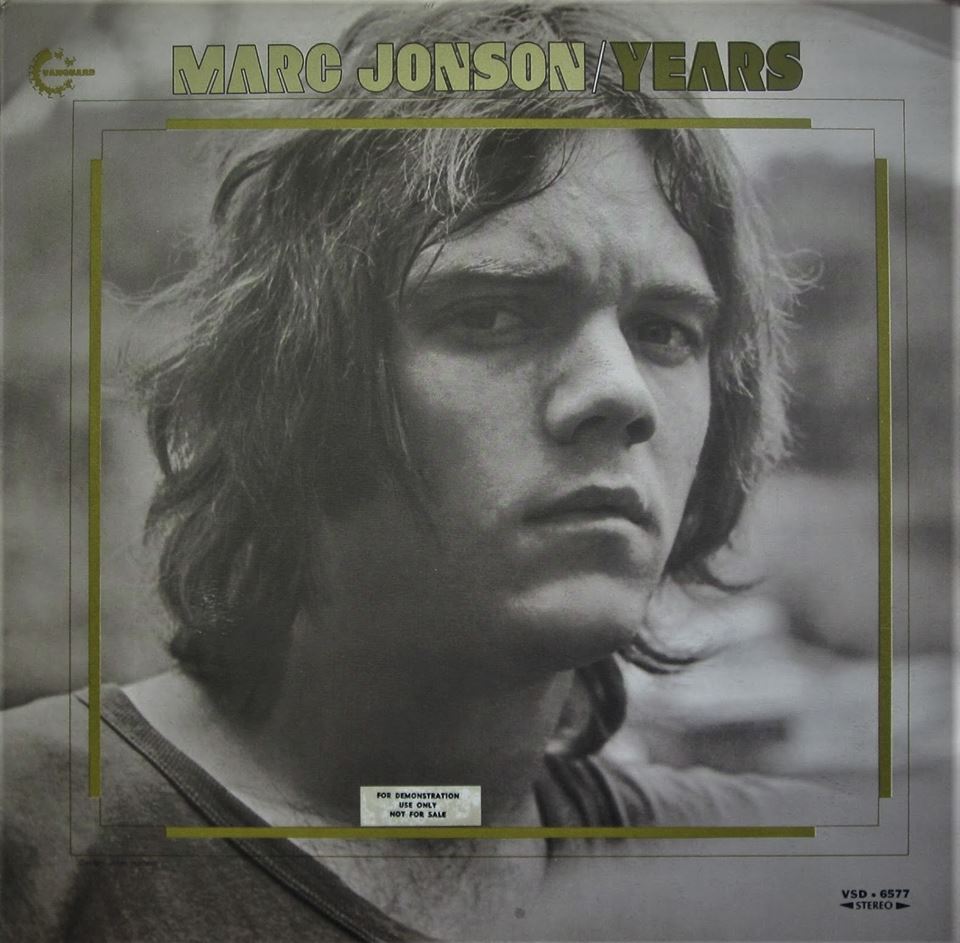
Lenny: The arrangements and choice of instrumentation can, of course, be key to the overall scope and ambition of a song, for example the great ‘Mother Jane’ and ‘Return To The Relief’ from ‘Years’ and such as ‘When I Fall’, the wide-eyed swoon of ‘Love Radiates Around’ and the bleak seasonal painting that is ‘Cold Weather’ all from 12 In A Room. So who, for you, would be considered a major inspiration in this area of song construction?
Marc: Voices sound good double tracked and then if you add double tracked harmony on top of that, you can create a sort of sound blend that early vocal groups used. I may write a song on a guitar or piano and put it together that way only to find the recording is wanting the full treatment of my voice multi-tracked. Then sometimes I put more voices on the recording only to leave them off in the mix because the song doesn’t need any extra vocal texture. It depends on the songs tempo, the key it’s in and the instrumentation. Influences as far as song construction include The Beatles, Beach Boys, Byrds, Stones, Phil Spector and all the great records from the fifties and sixties that influenced all of them. Overall, Van Morrison and Arthur Lee are my heros. Their music always cheers me up and inspires me the most. Brian Wilson as well.
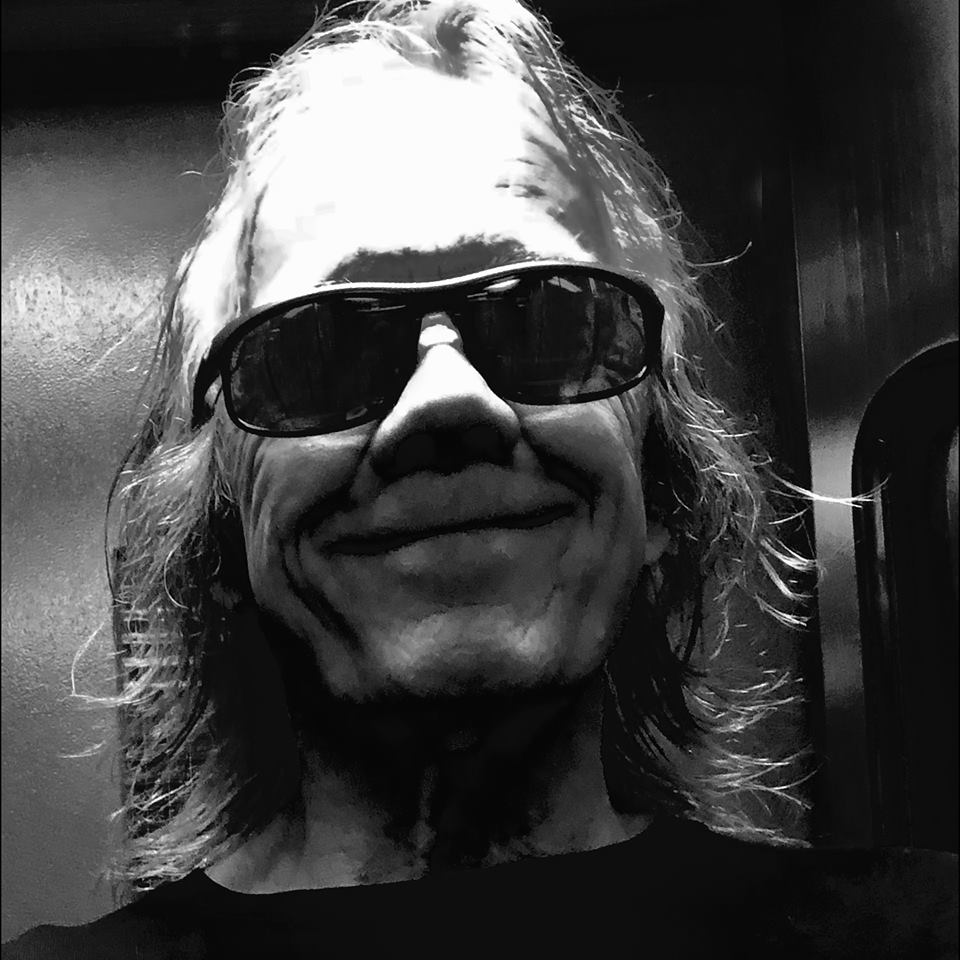
Lenny: I’m hearing all sorts of wonderful things throughout ’12 In A Room’ from chiming power-pop chordings, and trippy Byrds / Big Star like vocal melodies alongside quirky little wonders like the exquisite ‘Crazy Little Cricket’ and the more philosophical, thought-provoking, almost angst-riven poetry with their themes of universal emotion; unrequited love, outsider-style alienation or that sense of not belonging … yet it’s also celebratory and not terribly surprising, at times, for the music to bring to mind stuff that’s associated with a more kinda mainstream pop supremacy thing such as l, dare I say it, Abba! (This was pointed out to me as we were listening to one or two songs on ’12 In A Room’ for the umpteenth time by my 15-year old daughter Emily). And sure enough it’s there in abundance throughout the likes of opener ‘Earn That Love’ and on the likes of ‘Desperate’ too. The counter to this of course is the Dylan / Petty angle through a late Beatles/ELO style mix… although I also find some lyrical / phrasing and tonality avenues that appear more redolent of the metre deployed by such as Patti Smith, early Blondie and those ferociously beautiful late 60s NY noise terrorist technicians Silver Apples. Can you expound on any of this or is this perhaps just the thought processes of a mad loon ha ha?
Marc: I’m a junkie for pop music. I move into things without calculation most times. It’s always there in the back of my mind but I just bring it forward as I go. That’s why my melodies sound like my melodies. I draw from many influences but it has to be on a subconscious basis before I start to believe it. If it’s just me riffing on a pop song I heard the day before I know it. It might be tempting for some songwriter to be influenced consciously while writing but I have a built in guilty meter than makes me wait until I can work a melody out with some originality. That said, I will draw from the well of what I love. When you do that, you get a chance to unearth the most joyful and uplifting melodies in your kick bag no limit, because you are hopefully raising the bar….. hopefully!
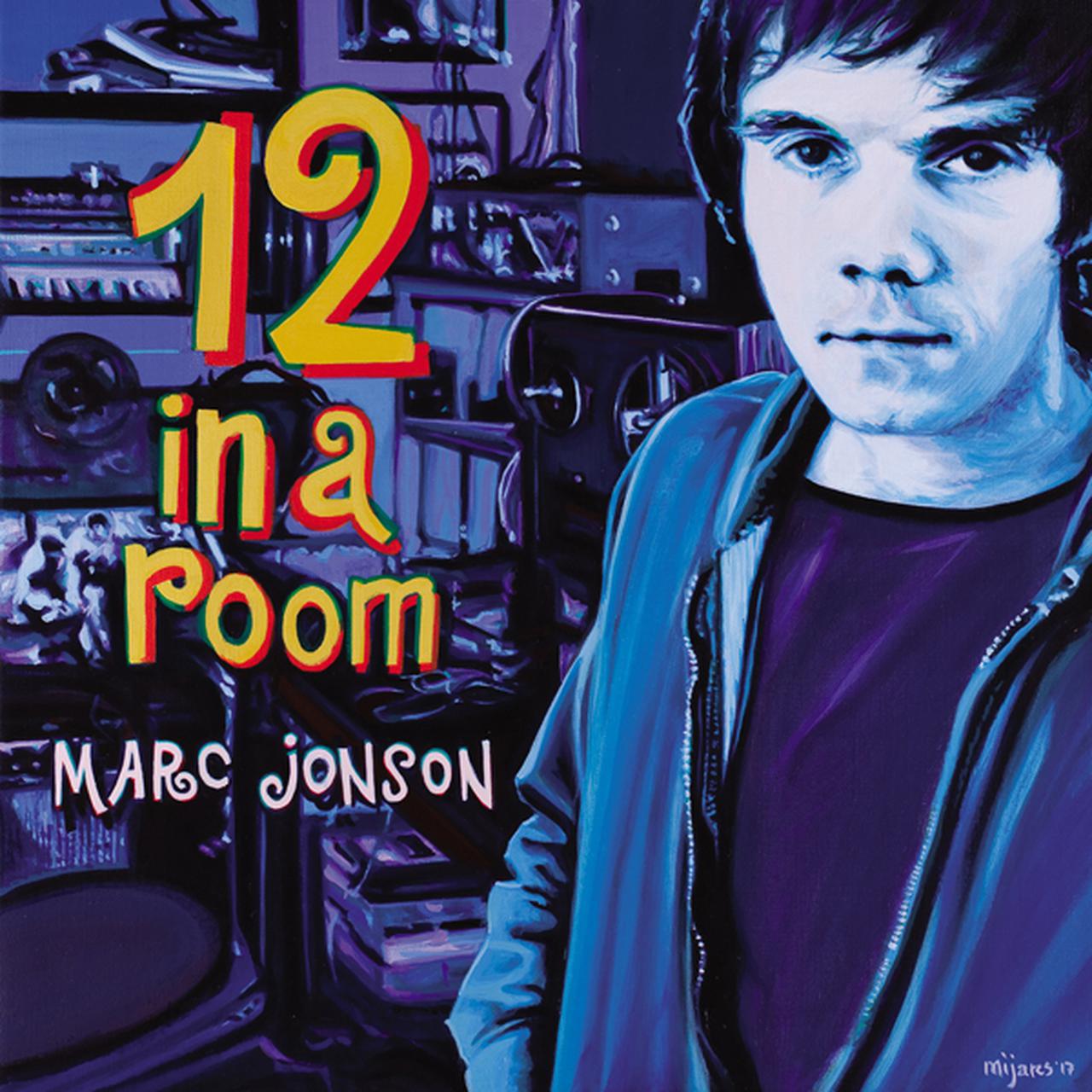
Thank you so much to Marc Jonson for his time, enthusiasm, online friendship, encouragement, genius songwriting and performing and production capabilities. You are a star Marc! Thanks also to Ulla, Inigo and the Munster team for putting out Marc’s records and for putting me in touch, and for Klemen for indulging me once more. You know it makes sense, It’s Psychedelic Baby!
Lenny Helsing
Marc Jonson Official Website / Facebook / Instagram / Bandcamp
Munster Records Official Website / Facebook / Instagram / Twitter / Bandcamp / YouTube

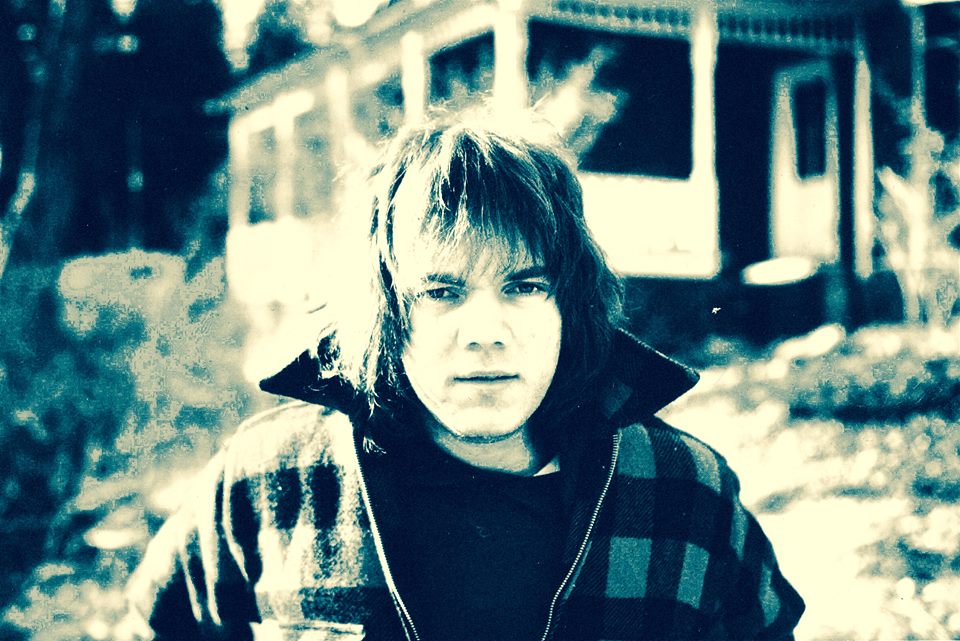



Great stuff!
Nice interview and it's good Jonson's featured here, he's an interesting man.